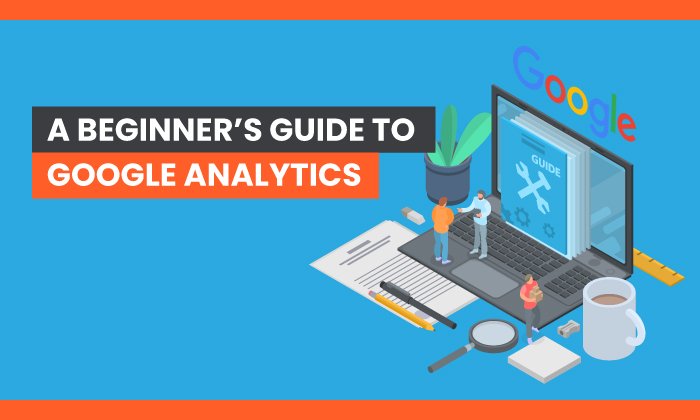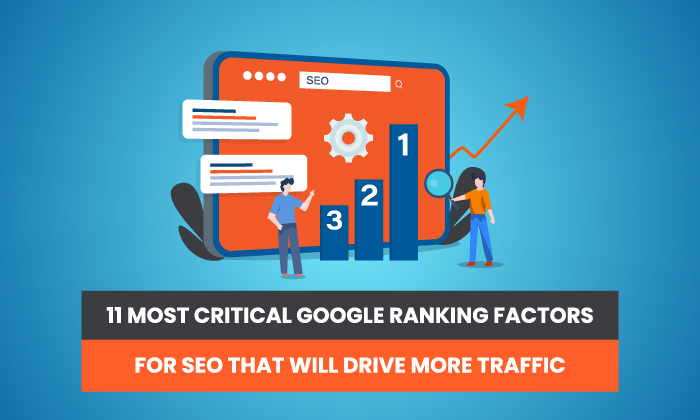A Beginner’s Guide to Web Analytics

Views, new visitors, returning visitors — they sound similar but these metrics are not the same. If you don’t know the difference, you could be misinterpreting your website data and making some ill-informed decisions.
We’re going to cover everything you need to know about web analytics so you can truly understand what’s what, interpret your website analytics correctly, and make well-informed, data-backed decisions for your website and business.
In this post, we’ll cover the following. You can click on any of the jump links to skip to that section:
- what web analytics is and why it’s important
- web analytics examples
- web analytics best practices
- web analytics tools
- web analytics api
There is tons of data you can collect to understand how people interact with your website and identify opportunities for improvement. You can track overall traffic, bounce rate, traffic sources, new and returning visitors, time spent on site, and much more.
The amount of data can be overwhelming at first. That’s why it’s important to identify a few key metrics, particularly as you’re getting started. For example, you might start by focusing on bounce rate on a few key pages on your site. If visitors are quickly bouncing from your homepage, then that indicates they’re not finding the information they’re looking for quickly or easily enough. From there, you can identify possible next steps, like redesigning your website navigation.
Let’s take a closer look at why web analytics is important below.
Importance Of Web Analytics
Web analytics is critical to the success of your business. It enables you to better understand your site visitors and use those insights to improve the experience on your site. For example, if you discover that the majority of users on your site are using a mobile device, then you can focus on making your website more mobile-friendly.
Web analytics can also shape your content and SEO strategy. Looking at your top viewed posts, you can begin to identify what types of content and topics perform best with your audience. If you notice how-to WordPress tutorials make up the majority of your top viewed posts, for example, then you might shift and narrow your focus from definition articles about anything web-related to how-to WordPress tutorials. Or maybe you look at your site’s traffic sources and notice that organic and email traffic are your top drivers and paid channels are your lowest. In that case, you might shift resources to invest more in your organic strategy than paid.
Now that we have an idea of what web analytics is and why it’s important, let’s look at some key metrics you might track to measure progress against — and eventually meet — overarching business objectives, like increasing website traffic, leads, and revenue.
Before you read on, it’s important to note that various analytics tools may have slightly different definitions of the following terms. It’s best to consult …read more
Source:: HubSpot Blog










